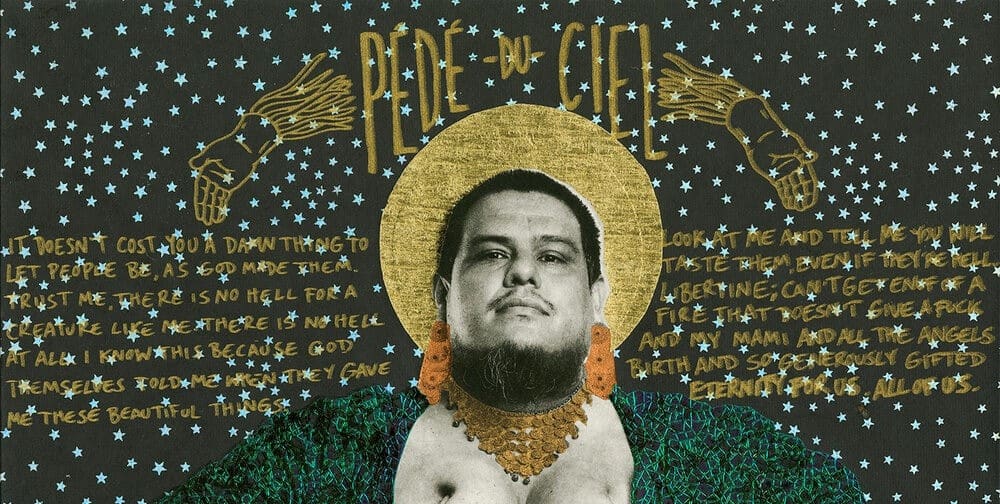-

JP Terlizzi's Creatures of Curiosity
By Geoffrey C. KoslovThe production of artwork flows from the release of something inside an artist that drives their creative expression. JP Terlizzi is an artist that uses his abilities to envision and build ephemeral works of art that are memorialized as photographs. In Creatures of Curiosity and Garden Symphonies, Terlizzi revisits his earlier works in The Good Dishes and Holding Arabesque, with several new twists. Terlizzi comments that, for him, “The Good Dishes integrates memory, legacy, and metaphor with my response to loss. Without fail, when it came to the family’s fine china, that item was always given to the person that most cherished its memory and sentimental value.” Following that series, the Covid crisis opened a door to additional creative expression: “Holding Arabesque was inspired by the shifts in my life brought on by a result of the pandemic. It was about craving stability in a time of instability. I built these food totems to push their stability as my response. Humor and Nostalgia are known coping mechanisms we resort to when we experience high stress or trauma… I was craving happier times.” As our culture began moving past social isolation, his visual engagement became bolder, first evolving into Garden Symphonies, and then Creatures of Curiosity.
-
 Gabriel García Román, Dorian, 2019
Gabriel García Román, Dorian, 2019 -
 ©Alia Ali, Odyssey, MIGRATION Series, 2021
©Alia Ali, Odyssey, MIGRATION Series, 2021Cartographies of Pattern: The Work of Alia Ali
By Geoffrey C. KoslovAlia Ali uses a global palette of fabrics and photography to map culture and history. She is a US multimedia artist, photographer, and a global traveler with a Yemeni-Bosnian heritage, who is fascinated by the use and meaning of language and the patterns of hand woven indigenous fabric As Ali expresses it: “Textile unites and divides us, both physically and symbolically.” Her art reflects on the politics of borders, colonization, language and the non-verbal passage of traditions and cultural stories through fabrics created by master artisans from around the world. As a purposeful artist on a mission, Ali has made a concerted effort to meet the craftspeople who create these fabrics. She has traveled extensively to learn about meaning and processes associated with the fabric, patterns and pigments. While the fabrics are regional, the appreciation and production has become global. On the surface, these may plainly look like an exciting colorful presentation, but what is covered and explored in the exhibition “Cartographies of Pattern” is a deeper journey, guided by Alia Ali’s imagery, into the story behind each threaded weave of her BORDERLAND, FLUX, MIGRATION, FLOW, INDIGO and حب (ḥub) // LOVE series.